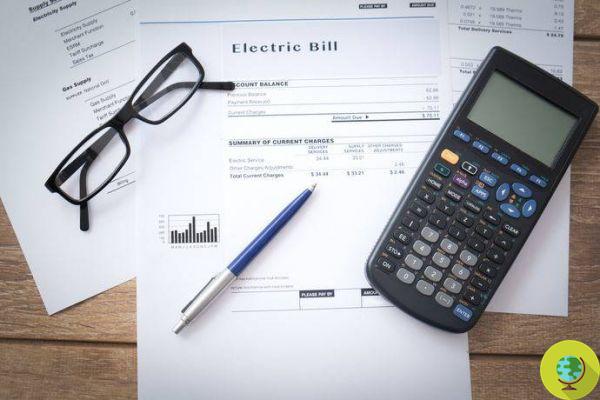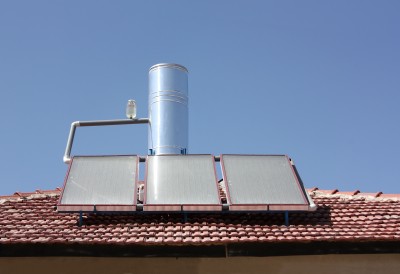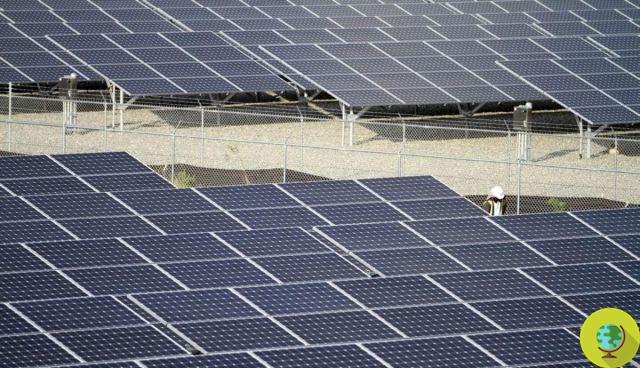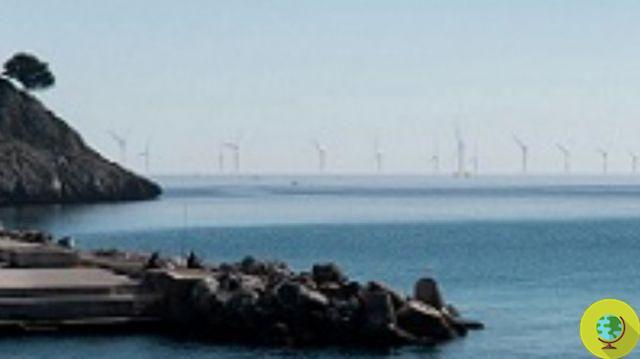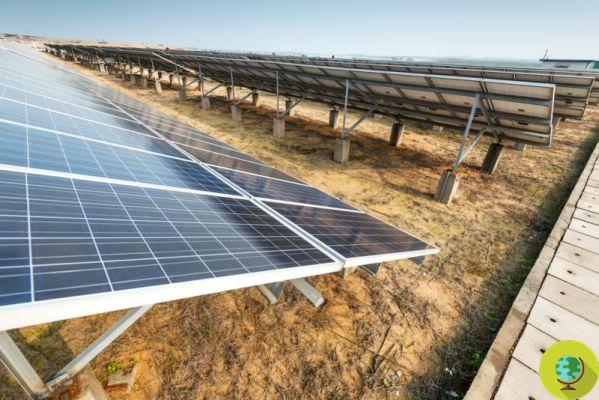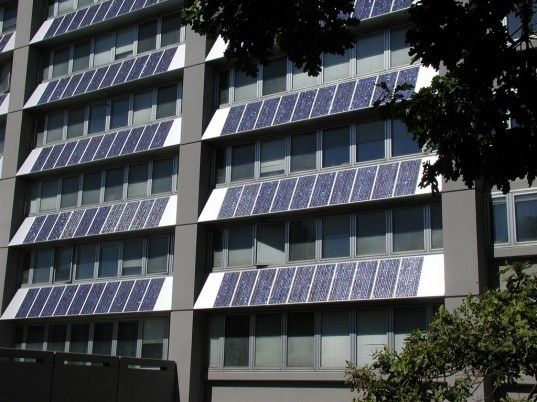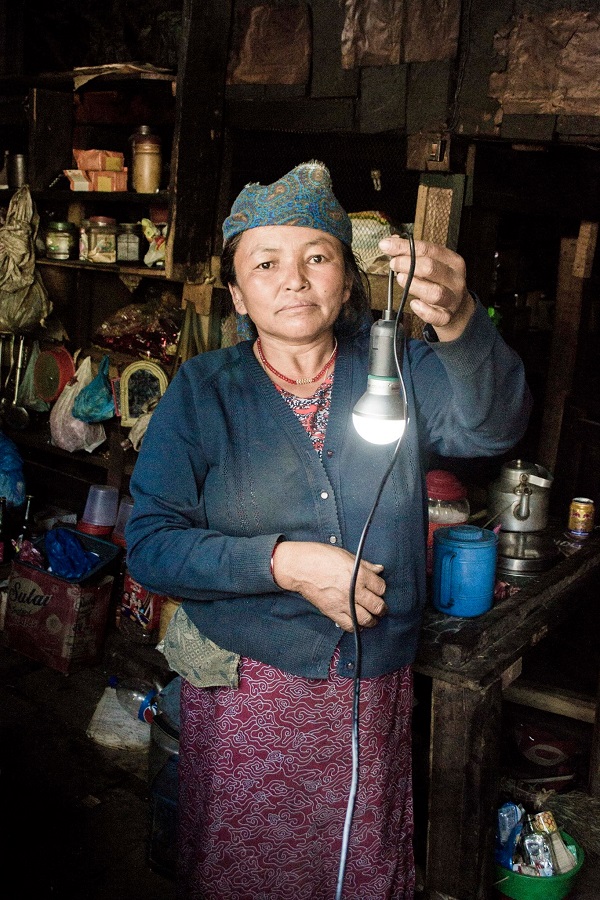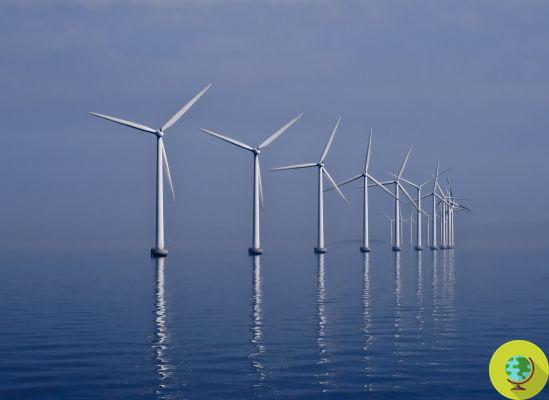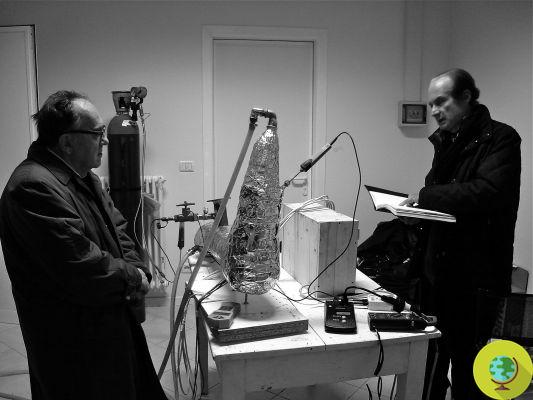One of the largest solar parks in the world is in the Thar Desert, India, the construction of which first appeared in satellite images in 2015. Today it covers over 5700 hectares for a total capacity of 2245 Megawatts.
He is about to end up run over, his mother saves himPerhaps it is not very hospitable to live in, but excellent for accumulating and producing energy from the sun: it is not by chance one of the largest solar parks in the world it is in the Thar Desert, India, specifically in the town of Phalodi. 5700 hectares of solar panels for Bhadla Solar Park, an area equal to one third of Washington, DC.
Hot temperatures, barren soils, limited water supplies and frequent windstorms are truly unacceptable conditions to live in, but the abundance of open spaces and sunshine make Phalodi, in a remote area of western Rajasthan, an ideal place to harness energy. solar.
Construction of Bhadla Solar Park, near India's border with Pakistan, began appearing in satellite imagery in 2015, as seen in a video available on Google Earth Engine.
Time millions of photovoltaic panels cover Phalodi, giving a different look to once sandy and brown landscapes: Landsat 8's Operational Land Imager (OLI) captured a spectacular natural-color satellite image of the park on January 26, 2022.
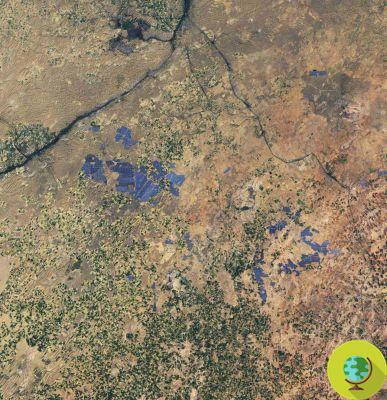
© Nasa
Bhadla Solar Park if you extend your over 5700 hectares, an area about one-third the size of Washington, DC. With a total capacity of 2245 Megawatts, is among the largest solar parks in the world, according to very few others.
The construction and maintenance of the immense installation are one remarkable engineering challenge: in fact, even if the constantly clear skies of the area guarantee abundant sunlight, frequent dust storms cover the panels with layers of minerals and sand that hinder the production of electricity.
Some operators they therefore chose to activate thousands of cleaning robots on the panels, a tactic designed to reduce manual labor as well as the amount of water needed for cleaning. One 2020 study it also suggests that Landsat images could support such systems by helping companies to identify dust accumulation and thus optimize cleaning operations.
Fonti: Nasa / Google Earth Engine
Read also:
- Photovoltaics from the balcony as an alternative to gas and against expensive bills
- Solar panels on roofs to counter expensive energy, no more authorizations: simplification is underway




